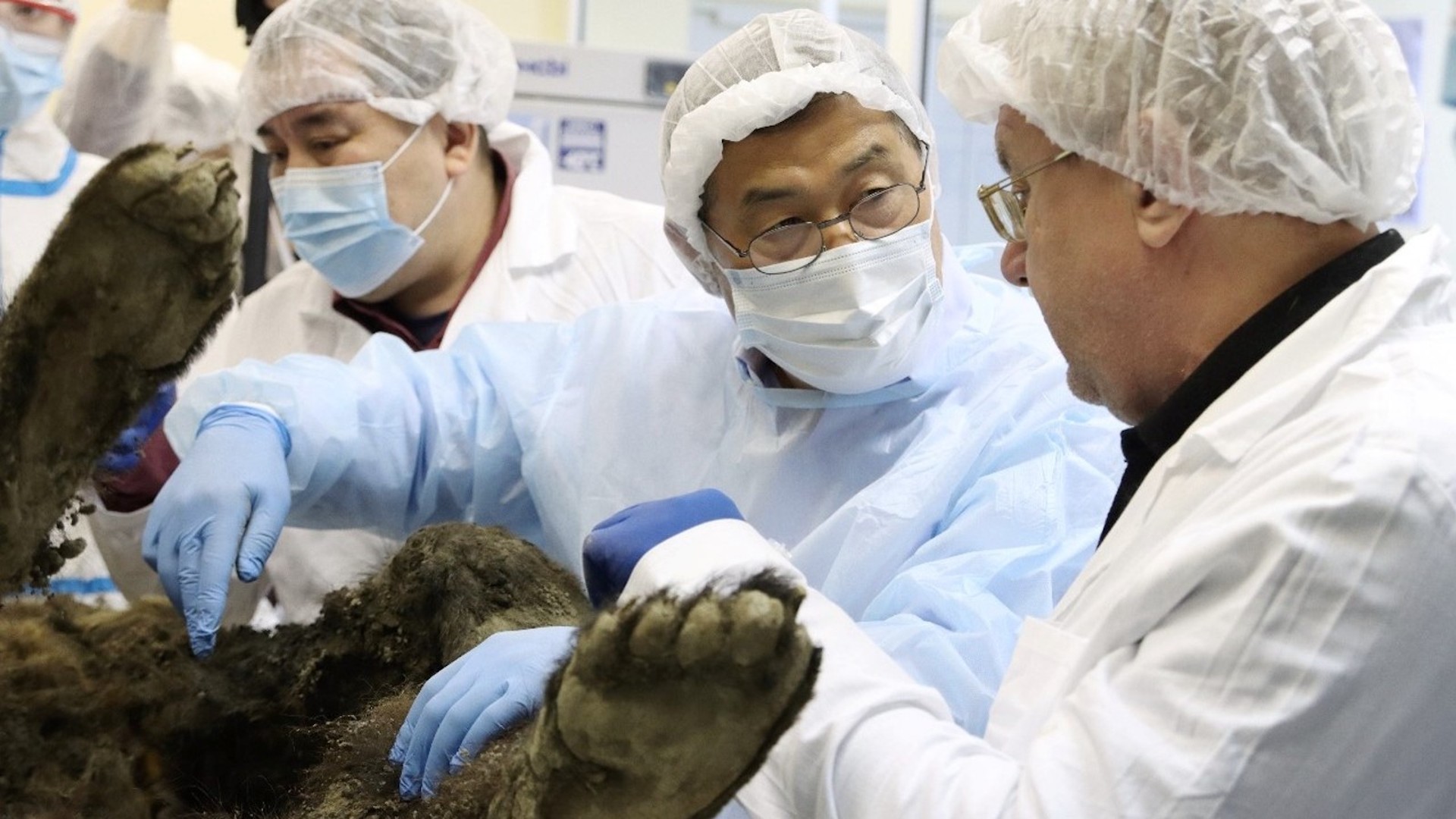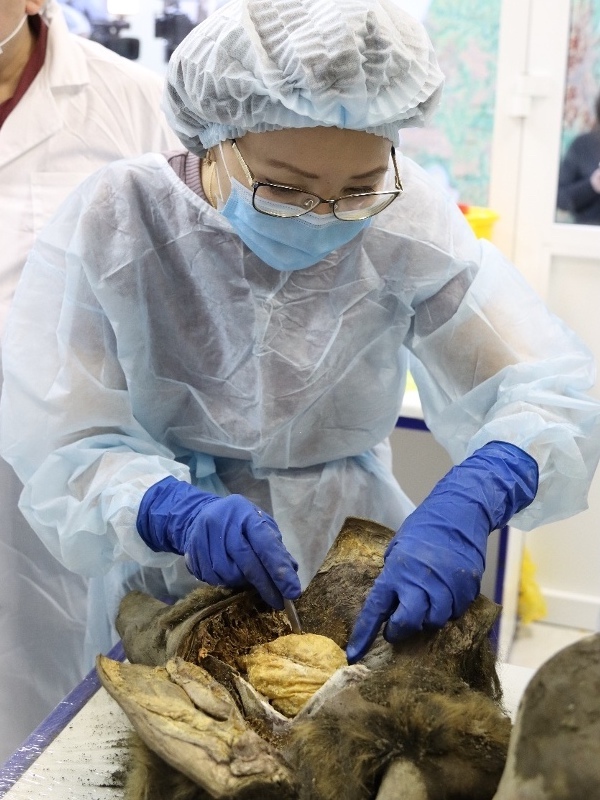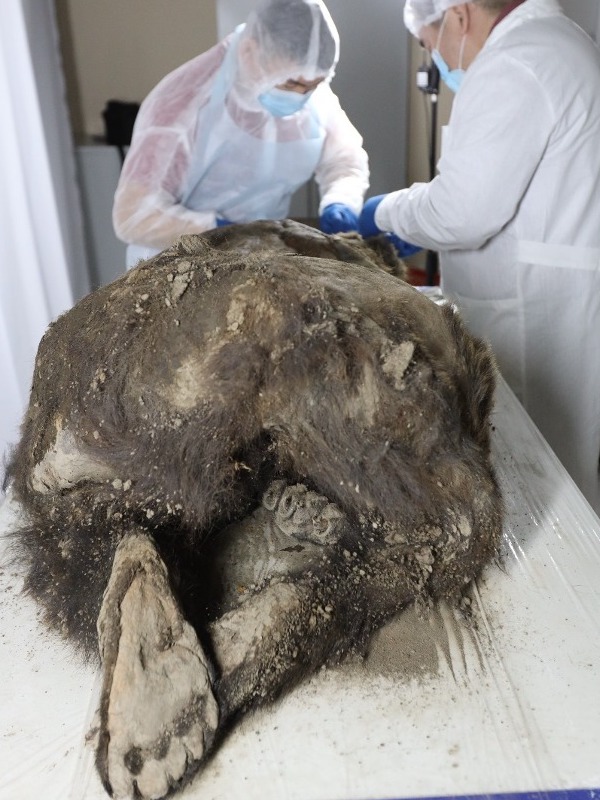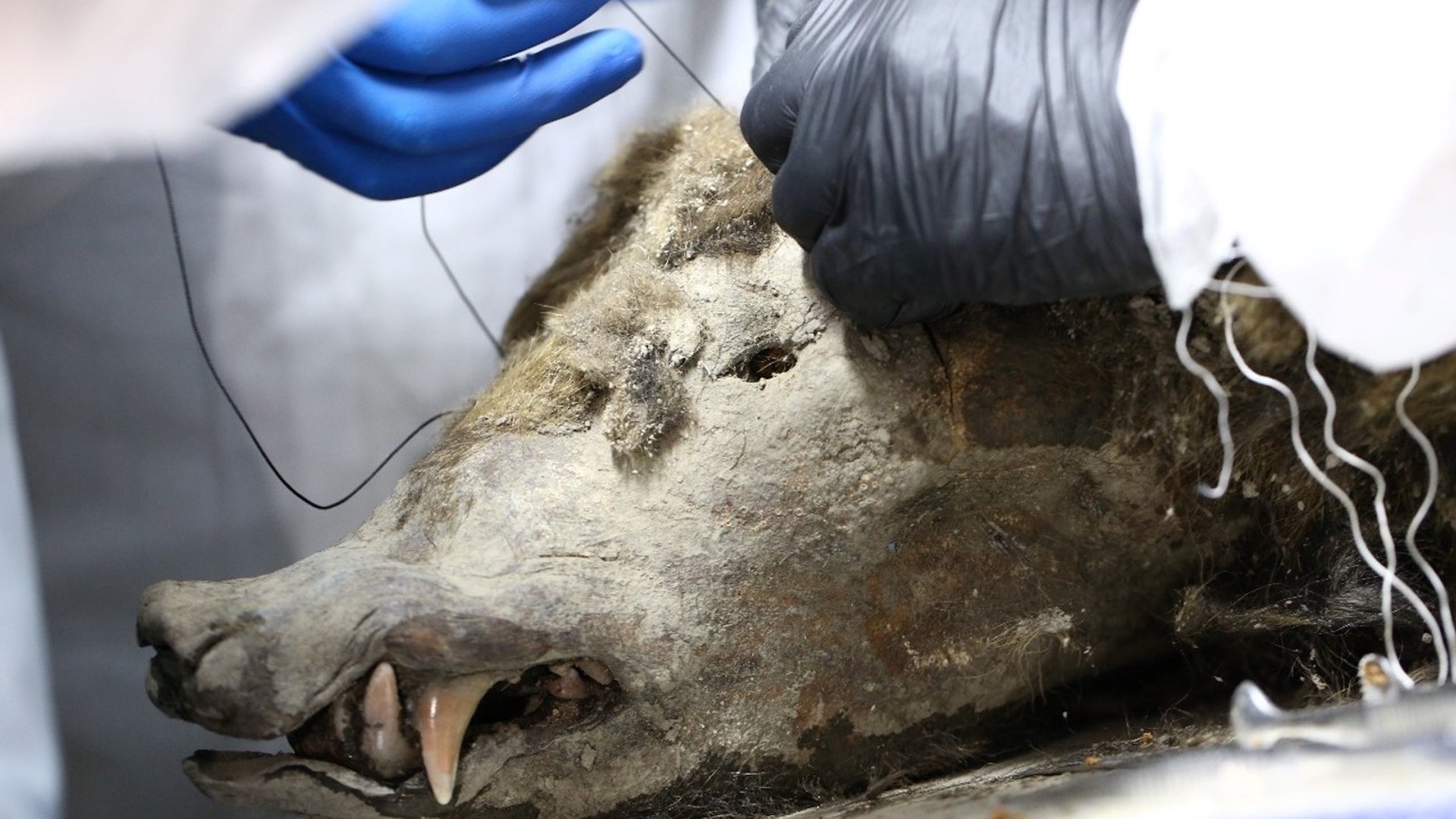
A bear that died 3,500 years ago and then remained nearly perfectly preserved in the ice of eastern Siberia has undergone a necropsy that revealed its true age and genetics, among other secrets.
Scientists originally thought the bear, which was uncovered in 2020, was an extinct cave bear species that dated back at least 22,000 years. But the necropsy revealed that it was actually a brown bear that lived almost 3,500 years ago.
Genetic analysis conducted by the Lazarev Mammoth Museum Laboratory at North-Eastern Federal University (NEFU) in Yakutsk revealed that the bear shared mitochondrial DNA with the modern brown bear from the northeast of Russia, Live Science reported.

The female brown bear was found accidentally by reindeer herders on the desolate Bolshoy Lyakhovsky Island when they noticed the carcass jutting out of the permafrost. Since then, the bear has been referred to as the Etherican brown bear, named for the Bolshoy Etherican River near which it was discovered.
Not only were the bear’s true genetics determined, but also details about its life, including its age when it died, and even its final meal, which included bird feathers and plants.
The extremely cold temperatures of Siberia helped preserve the bear's soft tissue, which included brain tissue, internal organs, as well as fat and muscle tissue.

"For the first time, a carcass with soft tissues has fallen into the hands of scientists, giving us the opportunity to study the internal organs and examine the brain," Maxim Cheprasov, laboratory chief at the Lazarev Mammoth Museum Laboratory at the North-Eastern Federal University, told CBC.
The bear was determined to be approximately 5.09 feet tall and weighed nearly 171 pounds. The laboratory estimated that the bear was probably two to three years old when she died from a spinal cord injury.
"This find is absolutely unique: the complete carcass of an ancient brown bear," Cheprasov said.

Scientists took brain, tissue, and bone dust samples which will be used for a variety of microbiological, virological, cellular, and genetic studies.
One thing that remains unclear is how the bear ended up on the island, which at this time was divided from the mainland by more than 31 miles. Scientists theorize that the most plausible cause is that at that time the island was still connected to the mainland by sea ice during the Last Glacial Maximum, according to Reuters.
The Lyakhovsky islands are a known hotspot for paleontological discoveries, especially woolly mammoth remains. But the Etherican brown bear is, without a doubt, a stand-out discovery.

Images via North-Eastern Federal University.






Conversation